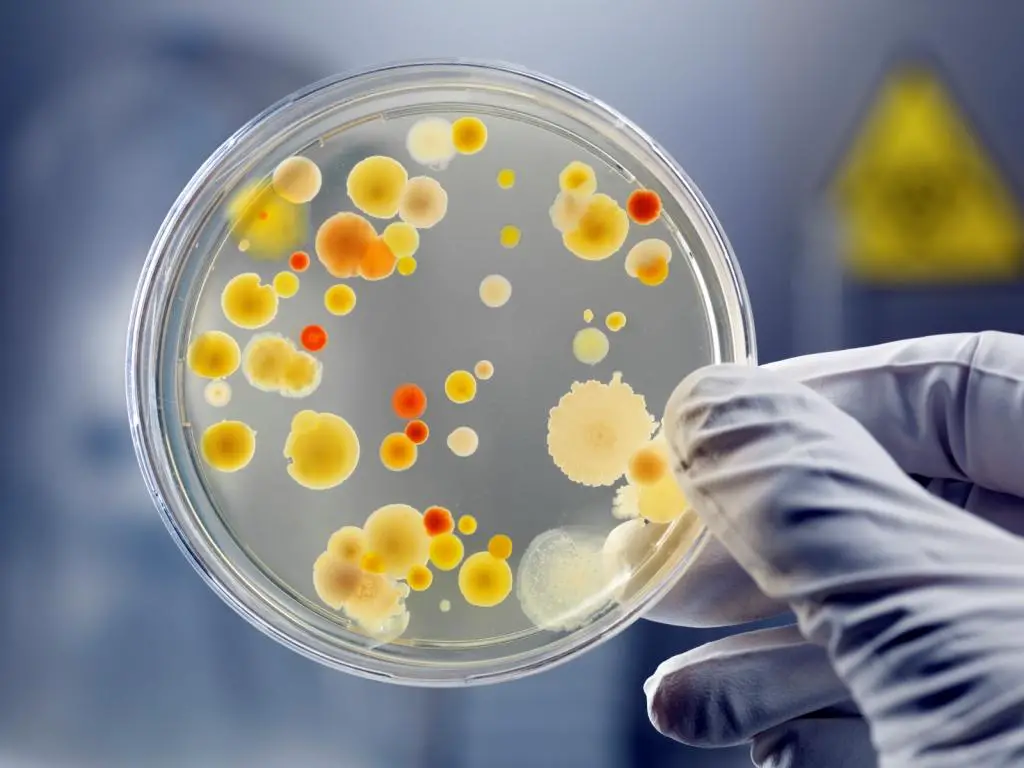Blog
Factors affecting growth of Micro-organism in food (Intrinsic and Extrinsic)

In most cases, micro-organism utilizes our food supply as a source of nutrient for their growth.This course can result in deterioration(decay)of food.The organism not only deteriorates the food but may also pose risks of disease to the human being on consumption of such contaminated food.However, the growth of microorganisms in food may be affected by several factors like physical, chemical and biological.
These factors can broadly divide into two categories i.e.
- Intrinsic parameters or intrinsic factors
- Extrinsic parameters or extrinsic factors
Intrinsic Factors
Intrinsic parameters are natural or inherent properties of food.These parameters greatly affect the number and types of microorganism that will colonize the food and food product.Intrinsic parameters affect only microorganisms, not to the food itself.Intrinsic parameters of food include:-
- pH value
- Moisture contains(water activity)
- Nutrients contain
- Anti-microbial constituents
- Biological structure
1. pH Value
Every organism has a minimal, maximal and optimal pH for growth.Some organism can grow better at low pH or acidic pH, some can grow in alkaline pH and while other grow at somewhat neutral pH.pH influence both the growth rate and types of organism that will predominant the food. In general yeast and mould are more acid tolerant than bacteria.
2. Moisture content or water activity(aw)
Micro-organism has an absolute demand for water, however, the exact amount of water needed for growth of microorganisms varies.This parameter helps us to understand the movement of water from the environment to the cytoplasm or from cytoplasm to the environment.The water requirement of microorganisms is expressed in physical form, called water activity(aw).
Water activity is the ratio of the vapour pressure of water present in food substrate(solution) to the vapour pressure of pure water at the same temperature.
aw=P/ Po, P=vapour pressure of water present in food and Po=Vapour pressure of pure water at some temperature.
3. Nutrients Contained
The kinds and proportional of nutrient in food are all important in determining which micro-organism(microorganisms) is most likely to grow.In general, the simple compound is utilized first by the measuring microorganisms.The carbohydrate(simple sugar) is most commonly utilized as an energy source.Protein-rich food like meat, egg, fish etc.are always spoiled by protolytic organism because they can utilize protein as a source of energy if sugar is not available.In fact, protein-rich food promotes more growth of bacteria then yeast and mould .similarlly, in the general mould can grow in the higher concentration of sugar, yeast in fairly high concentration but most bacteria grow best in the low concentration of sugar.
4. Anti-microbial Constituents
Some foods possess naturally occurring substances which influence the activity of invading microorganisms, for example:-
In Plant
Clove:- Essential oil, Eugenol
Garlic:-Allicin
Mustard oil:-Allyl isothiocyanate
In Animal
-cows milk:-Lactoferrin, conglutinin, lactoperoxidase system.
-Egg:-Lysozyme,0vatransferrin(inhibit Salmonella enteritidis)
5. Biological Structure
The natural covering of some foods provides excellent protection against the energy of micro-organism and spoilage of food by such microorganisms. Natural covering of food like,
- Testa of seed
- Shell of egg/nuts
- peel of fruits/vegetable
- Hide of animal may limit the entry of microorganisms
Extrinsic Factors
Extrinsic parameters are environmental factors, in which food and food products are kept.Extrinsic parameters substrate independent and affect both micro-organism (mos) as well as food.Unlike intrinsic parameters, extrinsic parameters can be maintained and regulated well.The extrinsic parameters include:-
- Temperature of storage
- Relative humidity of the environment
- Presence and concentration of gases
- Presence and activities of micro-organism
1. Temperature of storage
Temperature of storage is highly important parameters that affect the spoilage of highly perishable food. Micro-Organisms are reported to grow between -340c to 1000c and each organism exhibit a minimum, optimum and maximum temperature for growth and these are known as cardinal temperature. Yeast and mould can grow at the temperature range of 20 to 300c.Most bacteria can grow well at ordinary temperature(370c) ,however, some(thermophiles) grow at high temperature and other(psychrophilic) grow at low temperature.
2. Relative humidity
Humidity is the concentration of water vapour in the atmosphere.Relative humidity is the ratio expressed as the percentage of moisture in the air to the moisture present in food under the saturation condition at temperature and pressure.Relative humidity and water activity are inter-related i.e.when food with low water activity are stored in the environment of high humidity, water will transfer from gas phase (air) to the food and thus increased water activity of the food ,leading to spoilage by viable micro-organisms.
3. Presence and concentration of gases
Presence of different gases and its varying concentration may significantly affect the colonizing mos on the food i.e.surface spoilage is prevented by altering the gaseous composition.Oxygen is one of the most important gases which affects both food products as well as Mos.Oxygen gas when comes in contact with food, influence redox potential of food and finally the microbial growth.
Ozone added to food as a preservative action on certain food.Ozone has GRAS(generally recognized as safe) status in the US, effective range is 1-5 ppm.However, it has some demerits like strong oxidizing agents, causes the rancidity of high lipid-containing food.
4. Presence and activity of micro-organism
Inhibition or destruction of one population of micro-organismby the presence of other population of mos present in the same habitat is the microbial interference.Some Micro-organisms produced substances/metabolites (like secondary metabolites), that are either lethal or inhibitory to others.